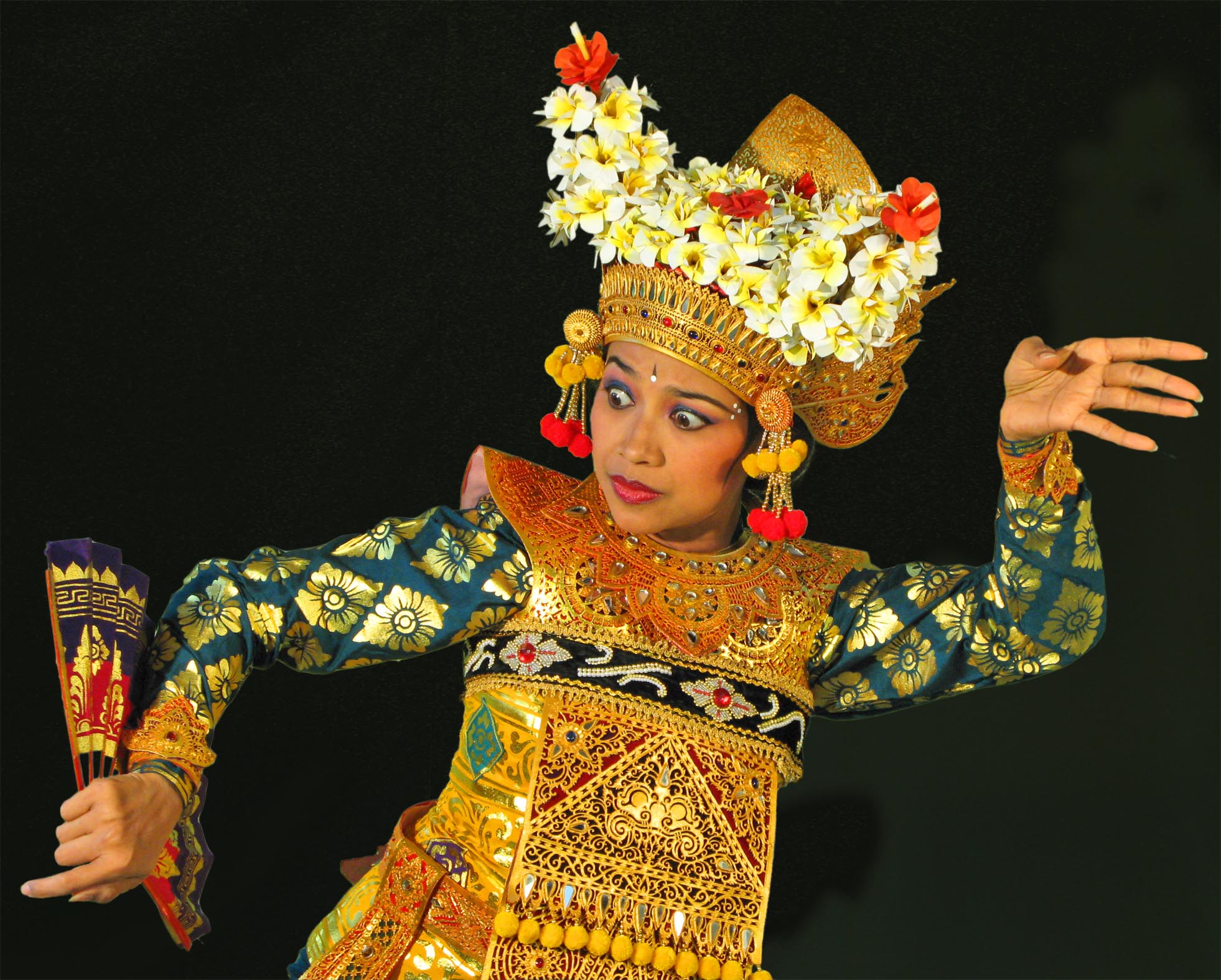Should I be scared or in awe?

With the vast majority of Indonesia being Muslim, it is a bit of a shock to encounter pockets of Hindu culture spread throughout the islands. Before Islam came to Indonesia, Hinduism was a mainstay in the culture. Now, after years of change and development, Bail is the only island still defining themselves as Hindu. While a trip to Jogjakarta will almost inevitably see you visiting the Prambanan, the largest Hindu temple in Southeast Asia, you will still be greeted with calls to prayer from the surrounding mosques, and tour guides in hijabs.
Though this makes for an interesting cultural experience, it isn't the best introduction to Hinduism. Hiring tour guides does give a good look into the religion because even the guides in training (which will lead you for free to practice English!) having a pedantic understanding of the religion in respect to the temples at hand. For those with a more visual approach to learning though, a trip to the Ramayana Ballet is an introduction to the most evocative look into Hinduism in the country.
The ballet, which is performed nightly in high season (and a few nights a week in the off season) is a performance of the epic Hindu poem, Ramayana, done through dance and live music. The performance takes you through the lives of Rama and Shinta, which many of the guides refer to as the “Romeo and Juliet,” of Hinduism. The performance, with its colorful outfits and large troupe dance numbers, is a complete spectacle that makes visitors second guess the distinction of “ballet.” The performance is immaculate, but one quickly finds out that the best is yet to come.
After taking in the fascinating spectacle in Jogjakarta, I was completely sold on Hindu dance performances. With the rendition of the epic poem Ramayana under my belt, I headed to Ubud in Bali in search of more dance, more epics and hopefully a greater insight into the Hindu culture in Indonesia. While I found Ubud itself underwhelming (besides the monkey forest!), the availability of cultural performances, the diversity and the sheer execution was more than I could have asked for.
While the performance at the Prambanan was absolutely exquisite, the performances in Ubud are much smaller and more intimate without skimping on any of the details. The costumes are bold, the musicians are elite and the outdoor venues with the temple-like structures backing the stage make for engaging performances.
As I watched the troupe perform dances such as the Tedung Agung (Great Umbrella) and the Baris (Warrior Dance) in their rendition of the Mahabrata Epic, I found my mind racing in multiple directions. While the ability of the dancers to make fluid motions with the body is breathtaking, what makes Hindu dance so appealing to my eye are the almost syncopated motions that resemble stop-motion cinema.
The dancers' arms will be moving like waves, and before you know it, resemble the screen playing a scratched DVD. I had only seen movements like this in films about exorcism. The seemingly effortless transition from graceful to gritty can appear abrasive, yet it captures the audience like fishing with dynamite.
Along with the actual body movements, the mudras, or hand gestures, seen in Hindu dance are a far stretch from what is normally portrayed in the western world. Each gesture reveals a story of all of its own. I found myself unable to even manipulate my fingers in any of the poses that the dancers could do on the spot. The musical scale is a far cry from my internal tuning, and while at some points, the sounds resembled something almost demonic, I was intrigued.
Each aspect of the show, from the body movements to the hand manipulations to the transformation of stoic faces to emotive displays, all told a story of their own. I tried to focus on just one aspect, but I found this task impossible. The entire show melded together into a manic explosion, ensnaring overstimulation, sending adrenaline coursing through my veins. I felt as if I was watching love stories, which morphed into scenes from a horror flick with each change of tempo and movement. I was completely engulfed. The end of the show left me reeling for more, which could only be appeased by the next evening’s performance.
While Hindu dance may not be for everyone (and definitely not for the faint of heart), it is a spectacle worth seeing. The cacophony of bells, drums and xylophones, guiding the colorfully clad limbs of dancers with faces deriving a paradigm of emotion, is unmatched worldwide. The fact that each show ranges from $8-$15 also is added incentive. Don’t miss out on your chance to delve into the mystified universe of the one of the world’s most ancient religions. Though you may be befuddled at points, you won’t be disappointed.
Photo courtesy of Balinesedance.org

2 comments